Did you know that toys are one of the safest consumer products in your home? But despite passing rigorous tests and meeting specific standards for toy safety (over 100 to be exact), accidents can still happen. That is why it is important as parents to be aware of many safety steps that can be taken at home to protect our children. This summer, we met with the Vice President of Standards and Regulator Affairs, Joan Lawrence, from the Toy Association who shared some very important toy safety tips with us.
Just like those at the Toy Association, we at Mommy University believe that kids should have fun but play safe. As parents, there is so much we can do to help create a safe play environment for our children. The Play Safe website offers tons of tips for parents, grandparents, educators and anyone who engages in play activities with kids. After reviewing the website, I have put together a list of some of the most important ways you can keep your kids safe at home while playing.
Tips for Safe Play
Follow the Age Guidelines
There is a reason there are age guidelines on toys so be sure to follow them. Some may have small pieces that can be a choking hazard while others may just not be developmental appropriate. For example, your 5-year-old may be great with building toys but that does not mean you should buy him the 1000 piece set that turns into a drone meant for a 16-year-old.
Organize Toys Based on Age
Many of us have kids of varied ages in our house. Even more importantly many families have a wide age gap between siblings which means toys for all ages are scattered around the house. A great tip is to organize the toys by age level. Pick up some plastic bins from Walmart or Amazon and label the bins. Keep them in the room for the child of that age. Ms. Lawrence came up with a great way to help her children with separating toys. She told her older child to help protect the baby by keeping all her toys in her room. This not only gave her an important job, it also gave her ownership over her own toys which a child often longs for when a sibling arrives.
Read Assembly Instructions Carefully
You may think you know how to put something together, but one wrong move can make that toy unsafe. Please make sure to follow the directions step by step, and if you have any questions or concerns contact the company that made the toy.
Model Safe Play
The best way for kids to learn how to play safe is through modeling. Show your child the right way to use a toy or game and explain the importance of playing safe. Of course, we want kids to use their imaginations when playing, but safe play is key. Modeling can also take place when a younger sibling watches an older sibling.
Periodically Inspect Toys
We all know toys break especially with the way kids play today. That means parents have to be extra vigilant with inspecting toys to make sure they do not cause a safety hazard. If a toy is broken or has loose parts and it cannot be fixed, it is time to throw it away. For little ones, it is really important to make sure stuffed animals do not have loose eyes or noses that can become a choking hazard. Also, broken toys may have sharp edges that can injure a child.
Provide Supervision
Adult supervision DOES NOT mean you have to play every game or build every creature, it just means that you are watching to ensure safe play takes place. This is especially true for outdoor play such as swimming and bike riding as well as playing with toys the involve circuits or chemicals.
Battery Safety
Did you know there is a federal law that requires all toys with batteries to have a locking mechanism? The same does not hold true for everyday household items such as remote controls, alarm clocks and even hearing aids so keep these items out of reach of young children. When changing a battery be sure the throw the old ones out immediately and re-engage the locking mechanism on the toy.
Use the Small Parts Tester
We all know how dangerous small items can be for young children which is why the Toy Association recommends using the Small Parts Tester. The tester, which can be purchased on Amazon (affiliate link), consists of a cylinder that mimics the size of child’s throat. To test an item, place it inside the cylinder. If it fits all the way in without compressing it, it FAILS the test and can be a choking hazard for kids! The Small Parts Tester is a federal approved tool and recommended by pediatricians, child development experts, industry experts and, now, Mommy University!
Have fun and play safe!
You may also enjoy:
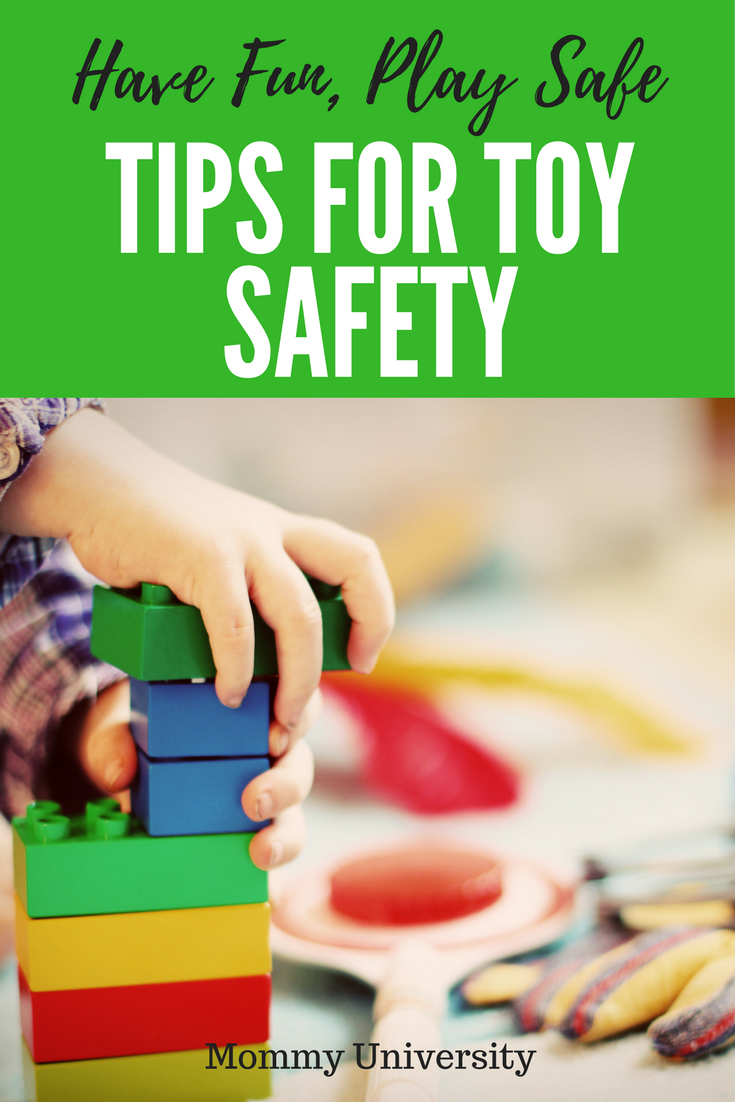
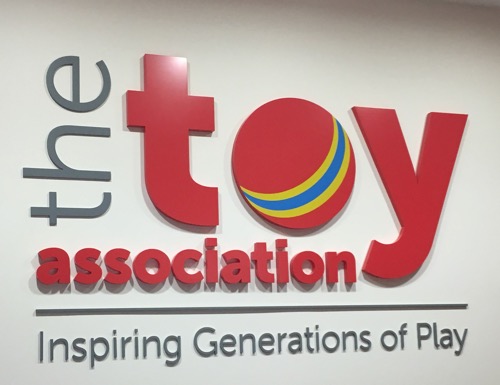
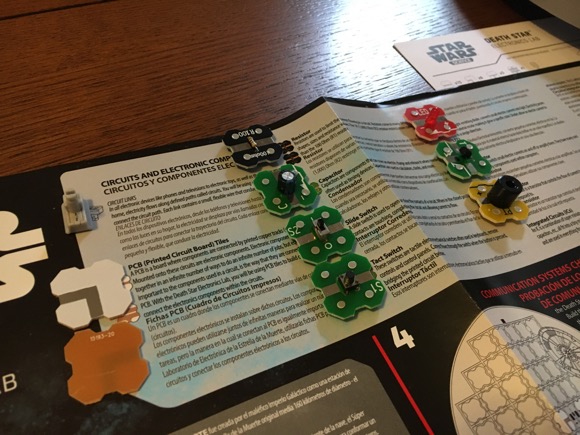
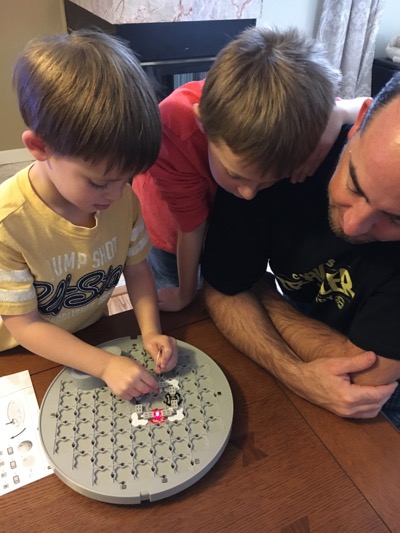

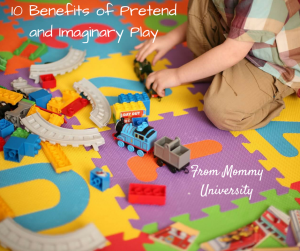
Thanks for sharing the awesome tips for toy safety. I really love it.
Keep it up.